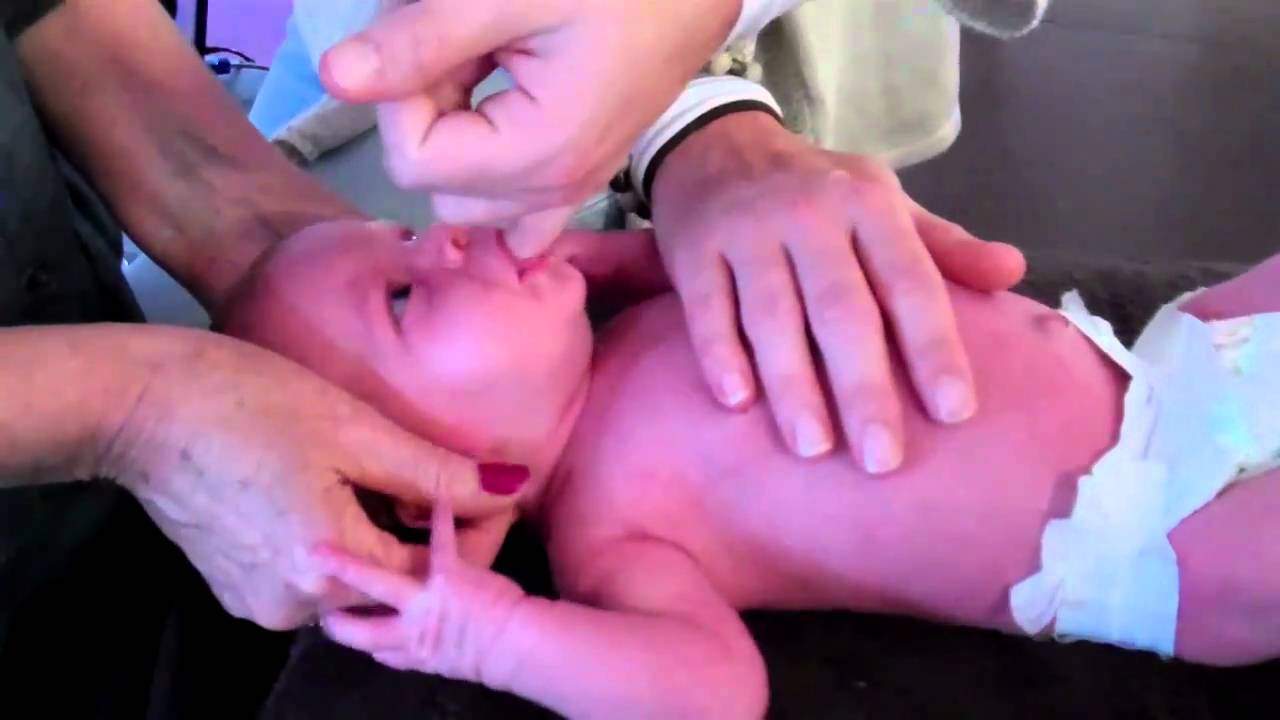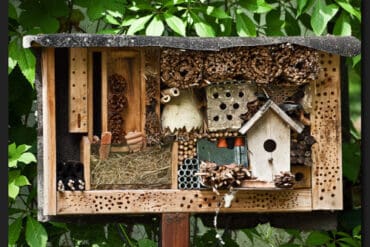Gentle Relief for Your Newborn: Understanding Craniosacral Therapy
Hey there, amazing parents! Are you curious about craniosacral therapy for your newborn? You’re in the right place! This therapy could be the gentle touch your little one needs to alleviate discomfort and promote overall well-being. Let’s dive into the soothing world of craniosacral therapy and discover how it can benefit your precious bundle of joy.
What Is Craniosacral Therapy?
First things first, let’s break down what craniosacral therapy (CST) is all about. CST is a gentle, hands-on approach that focuses on the rhythm of the fluid that circulates around the brain and spinal cord. This therapeutic practice is based on the understanding that these subtle movements can affect the body’s overall health.
Why Consider Craniosacral Therapy for Your Newborn?
CST is known for its potential to ease several conditions in newborns, like colic, sleep disturbances, and feeding issues. It’s all about helping your little one’s body find a better sense of balance and harmony.
How Can Craniosacral Therapy Help Your Baby?
The beauty of CST lies in its gentle, non-invasive technique that’s suitable even for the smallest of humans. Here are some potential benefits your babe might experience:
- Relief from birth trauma
- Better sleep patterns
- Reduction in colic symptoms
- Improved feeding and digestive functions
- Support with ear infections or teething discomfort
Understanding the Craniosacral Therapy Session
Curious about what happens during a CST session? Here’s a quick overview:
- A typical session lasts between 30 to 60 minutes.
- It’s carried out in a calming environment where you can be with your baby at all times.
- The therapist will gently touch your baby’s head, spine, and other areas to assess and release any restrictions in tissues.
Note: It’s essential to have a trained and certified craniosacral therapist work with your newborn to ensure safe and effective treatment.
When to Begin Craniosacral Therapy for Your Newborn
One of the most wonderful aspects of CST is that it can be safely applied from the earliest days of life. If you’ve noticed any tension or discomfort in your little one, or even if you simply want to support their overall development, craniosacral therapy could be a valuable addition to your infant’s care routine.
Finding the Right Practitioner
Finding a qualified craniosacral therapist is crucial for the safety and health of your newborn. Look for practitioners with experience in newborn care and who come recommended by healthcare professionals. Always feel free to ask for references and credentials to ensure your baby is in good hands.
There you have it, dear parents, an introduction to the peaceful practice of craniosacral therapy for your newborn. In the upcoming sections, we’ll dive deeper into the techniques, share stories of healing, and guide you through finding the perfect practitioner for your family’s needs. Stay tuned!
Remember, every baby is unique and responds differently to therapies. It’s always important to consult with your pediatrician before trying new treatments. Here’s to your little one’s health and happiness!

Five Things Parents Should Know in Preparing for Craniosacral Therapy for Newborns
As you explore the potential of craniosacral therapy for your newborn, there are certain preparatory steps and considerations to keep in mind. These will ensure that your baby has the most positive and effective experience possible. Let’s cover the top five!
1. Ensure a Relaxed Environment
The environment in which the CST session takes place should be serene and comfortable for both the newborn and you. Creating a stress-free atmosphere with soft lighting and minimal noise can significantly affect the success of the therapy. Your calm presence is also key, as babies often pick up on their parent’s emotions.
2. Choose the Right Time
Scheduling the session when your baby is usually most content or after a nap can lead to a more peaceful session. An overly tired or hungry baby may be fussy, which can make it difficult for the therapist to perform the therapy effectively.
3. Dress Your Baby Comfortably
Dress your newborn in loose and easily removable clothing. This not only allows the therapist easy access to the areas they need to work on but also keeps your baby feeling cozy and secure. Opt for layers that can be added or removed to maintain a comfortable body temperature during the session.
4. Communicate with Your Therapist
Before the session begins, have an open discussion with your craniosacral therapist about your baby’s medical history, any birth complications, and your observations of your baby’s behavior and health. This information will help the therapist personalize the session to your baby’s specific needs.
5. Observe and Participate
During the therapy, observe your baby’s reactions. You know your baby best, and your insights will be invaluable to the therapist. Some therapists may also guide you in participating in the session to comfort your baby, which can strengthen the parent-child bond and contribute to the healing process.
What to Do After a CST Session
After a craniosacral therapy session, it’s normal for babies to show changes in their sleeping and eating patterns. This is a part of the adjustment process as their bodies integrate the effects of the session. Here’s how to support your baby post-therapy:
- Offer more cuddles or comfort if they seem to need it. Physical closeness can be reassuring and help them settle.
- Keep a log of any changes you notice in behavior, sleep, and feeding. Sharing this with your CST practitioner can help tailor future sessions.
- Stay in contact with your therapist. They can provide advice and support, especially if you have any concerns following the session.
Navigating Craniosacral Therapy with Your Pediatrician
Integration of CST with conventional medicine requires an informed approach. It’s highly beneficial to involve your pediatrician in your decision to pursue CST for your newborn. They can offer medical advice, monitor progress, and collaborate with your craniosacral therapist when necessary.
And that’s just the beginning of the nurturing journey that craniosacral therapy can offer your newborn. As we move forward, expect to be equipped with detailed insights into each facet of CST, from scientific explanations to heartwarming success stories. Keep reading to become well-versed in this wonderful healing art!
Note: The content provided here is for educational purposes and should not replace professional medical advice. Always consult with health professionals before starting any new therapy for your newborn.
See more great Things to Do with Kids in New Zealand here. For more information see here
Disclaimer
The articles available via our website provide general information only and we strongly urge readers to exercise caution and conduct their own thorough research and fact-checking. The information presented should not be taken as absolute truth, and, to the maximum extent permitted by law, we will not be held liable for any inaccuracies or errors in the content. It is essential for individuals to independently verify and validate the information before making any decisions or taking any actions based on the articles.




